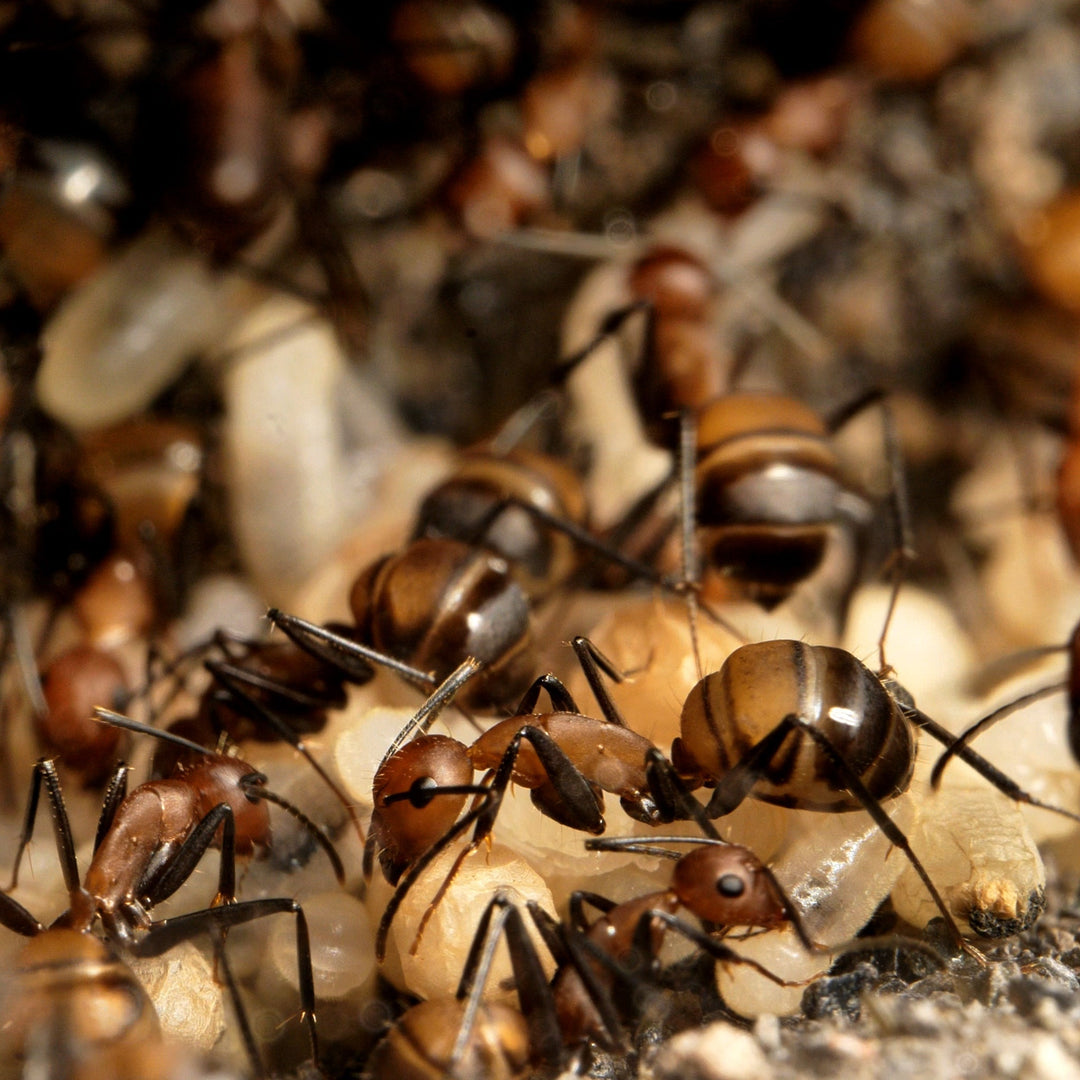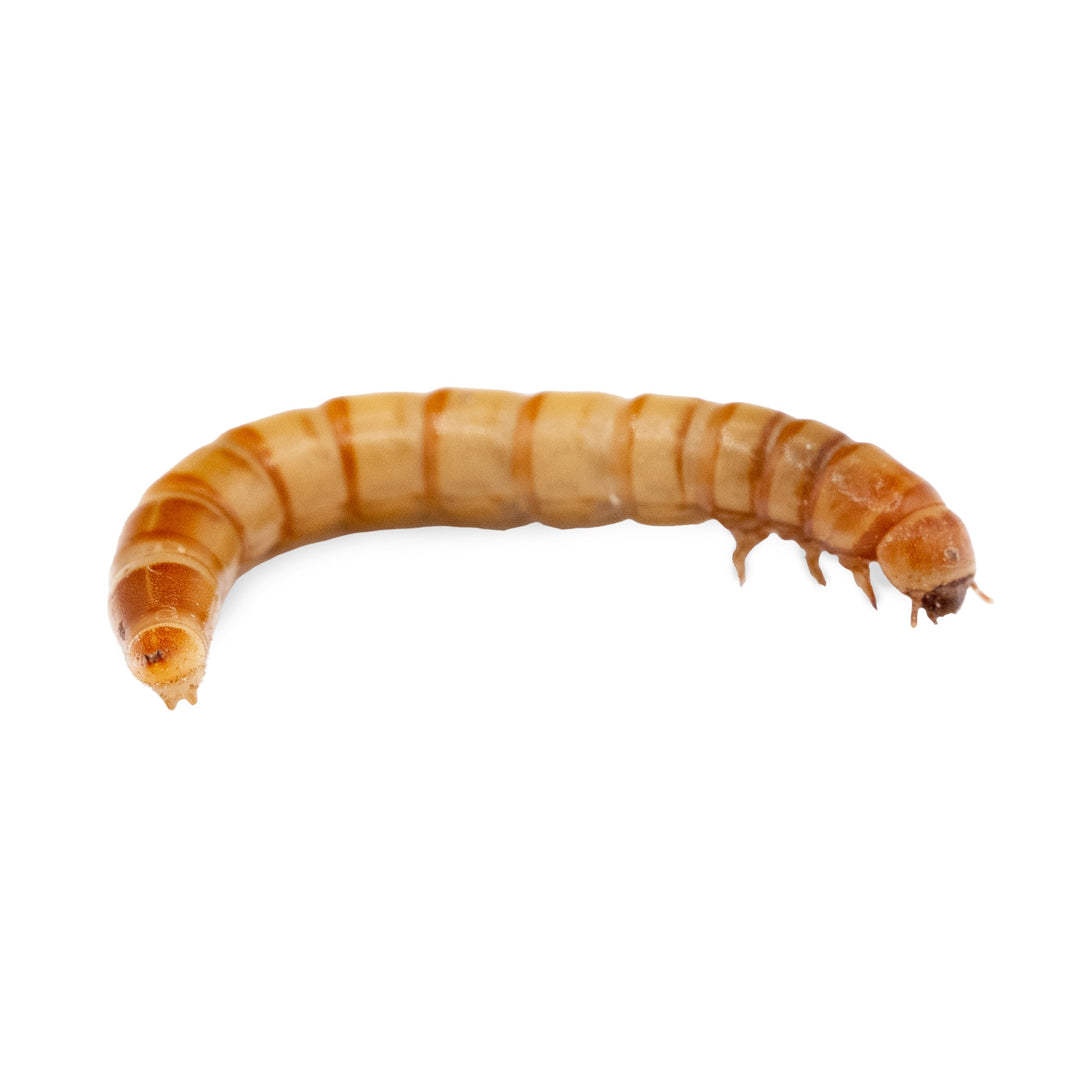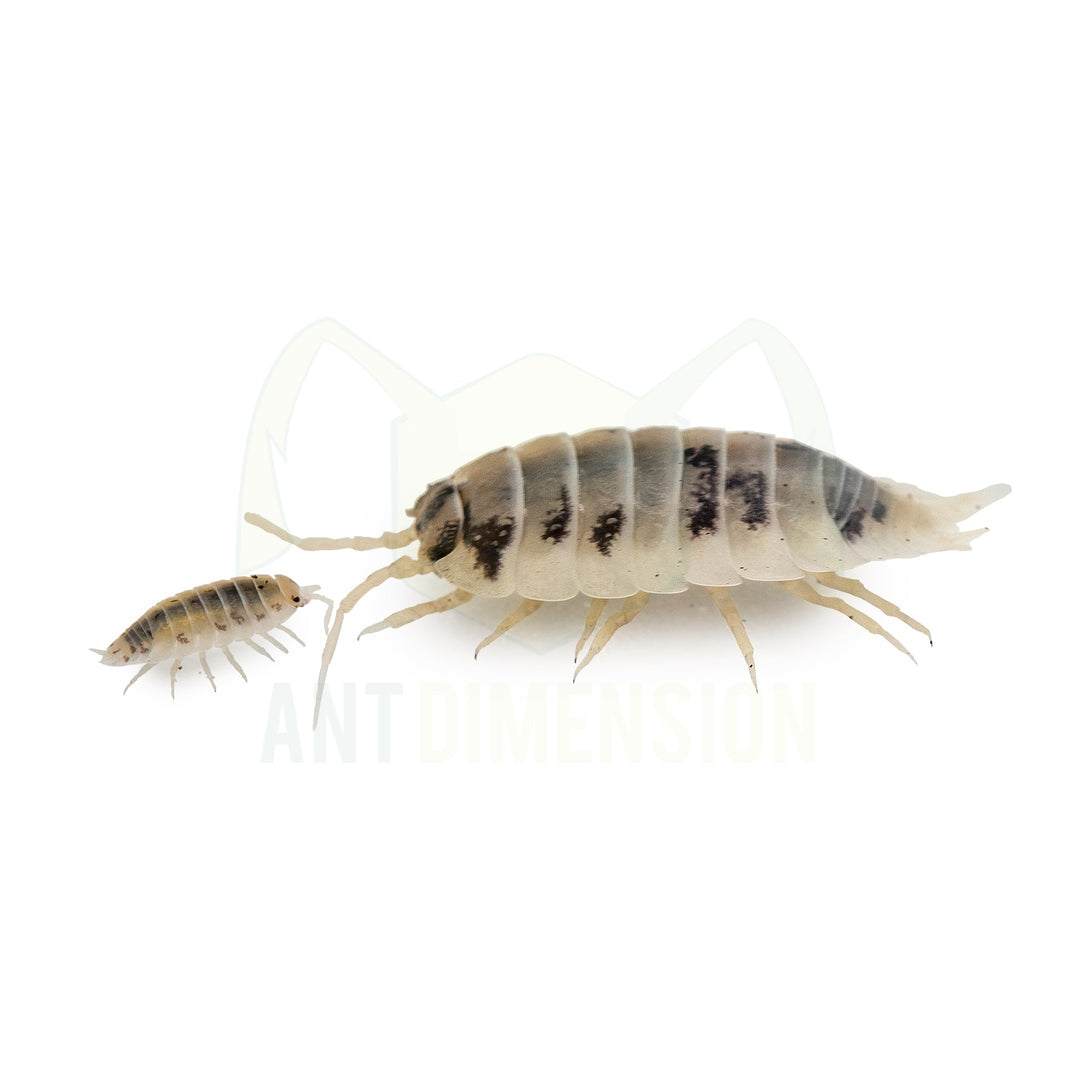Meet the Formicarium for Queens: Birth
 Introduction
Introduction
If there’s one thing ant keepers agree on, it’s that the founding stage is one of the most critical moments for an ant colony. No matter the species, if the founding phase isn’t right, the queen or colony will struggle to develop—or simply die.
For straightforward species, a test tube with water and cotton is usually used—simple, inexpensive, and functional… or is it?
The Problem
In the most basic, general scenario, most claustral species begin founding by digging a few centimeters underground and sealing themselves in, creating a tiny, compressed space—not for the claustrophobic. It makes sense if you think about it: it’s easier to control a very small space than a large one, which helps queens feel comfortable and secure until the first workers emerge. They already have the nutrients needed to raise those first workers, so the queen stays buried, in complete darkness and at ease.
Now let’s look at the test tube. We start with a smooth material that some species and larvae struggle to grip. Depending on the shop, the tubes sent relative to the queen’s size may be far too large, causing stress that can lead to constant egg-eating and even death. Then there’s the “humidity system,” over which we have zero control and a high chance the cotton will mold or the water will run out, forcing a move to another tube… guess what: more stress. Its moisture delivery is quite inefficient and unpredictable—the ants can’t always drink, humidity doesn’t always pass through, and… let’s not even talk about flooding. Lastly, the move: you’re lucky if you can connect the test tube to the nest without using a kilo of tape—moments when something is likely to go wrong and cause even more stress to the colony.
The Solution
This is a good moment to introduce our nest for queens and small colonies: the Birth. A nest designed solely to be a functional, safe alternative to the test tube.
We offer two gallery layouts—single and double. For most species, we use the double gallery, as it gives the queen greater security and produces tighter humidity gradients.
The HydroX hydration system is not only extremely efficient, it also allows ants to drink at all times without difficulty. Thanks to its powerful magnets, the vial is secured in place and can be removed easily to refill the water in seconds.
A red cover helps the queen feel she’s in darkness at all times while letting you observe her without causing stress.
Feet with anti-slip, anti-vibration bases—stress is very bad for queens, and we’ll do everything possible to avoid it.
A modular connection for easy expansion to additional modules, such as a small foraging area to feed the first workers or for a semi-claustral queen. For this reason, we recommend the Colony Starter Kit to get this foraging module together with the Birth at a better price.
And to give ants a solid grip on the most natural-feeling surface possible, the modules are made from a matte, textured material that offers better traction for ants and larvae—plus the matte finish prevents light reflections.
Conclusion
Therefore, if you’re thinking of raising an ant queen or a small ant colony, we recommend using the Birth: the efficient, safe alternative to test tubes, tested with multiple species around the world.





